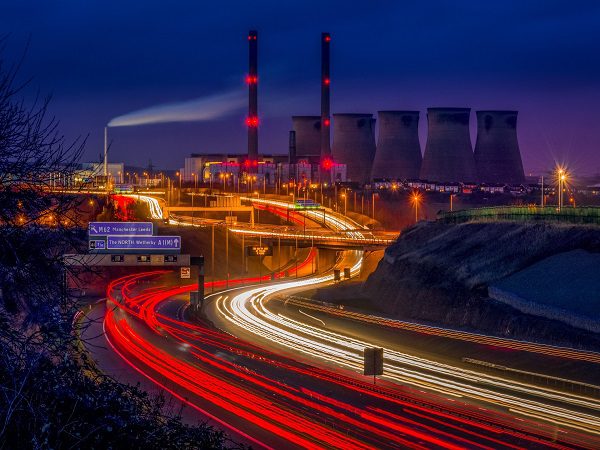Embracing the Future: 5 Groundbreaking Technologies Revolutionizing Transportation

Introduction
In today’s fast-paced world, the transportation sector is undergoing a remarkable transformation, driven by technological advancements that promise to redefine how we move from point A to point B. From futuristic concepts to practical solutions, here are five innovative technologies shaping the future of transportation:
Electric Vehicles (EVs):
Leading the Charge Towards Sustainability
Electric vehicles (EVs) have emerged as a frontrunner in the quest for sustainable transportation. With zero tailpipe emissions, EVs offer a cleaner alternative to traditional gasoline-powered vehicles, thereby reducing air pollution and mitigating the impact of climate change. The rapid development of battery technology has significantly improved the range and performance of EVs, making them increasingly attractive to consumers.
Furthermore, the growing infrastructure for EV charging stations is addressing range anxiety and enhancing the convenience of electric vehicle ownership.
Autonomous Vehicles (AVs):
Revolutionizing Mobility and Safety
Autonomous vehicles (AVs) represent a paradigm shift in transportation, promising to enhance safety, efficiency, and accessibility on the roads. Equipped with advanced sensors, cameras, and artificial intelligence, AVs have the capability to navigate without human intervention, potentially reducing the number of accidents caused by human error. Moreover, AVs hold the promise of improving mobility for the elderly and people with disabilities, offering newfound independence and freedom of movement.
Additionally, the integration of AVs into existing transportation systems has the potential to optimize traffic flow, minimize congestion, and reduce travel times.
Hyperloop:
Redefining High-Speed Travel
The Hyperloop concept, first proposed by Elon Musk, has captured the imagination of engineers and innovators worldwide with its vision of ultra-fast, tube-based transportation. By utilizing magnetic levitation and low-pressure environments, Hyperloop pods can travel at speeds exceeding 700 mph, revolutionizing long-distance travel and significantly reducing journey times between major cities. With ongoing research and development, Hyperloop technology holds the promise of transforming the way we perceive distance and connectivity.
Furthermore, the potential environmental benefits of Hyperloop, such as energy efficiency and reduced carbon emissions, underscore its significance in shaping a more sustainable future for transportation.
Urban Air Mobility (UAM):
Taking to the Skies
Urban air mobility (UAM) is poised to revolutionize urban transportation by introducing electric vertical takeoff and landing (eVTOL) aircraft for short-distance flights within cities. With the ability to bypass traffic congestion and fly directly to designated landing pads, UAM vehicles offer a compelling solution to urban mobility challenges. Companies like Uber, Airbus, and Volocopter are pioneering the development of eVTOL aircraft, envisioning a future where commuters can soar above the skyline in electric-powered aircraft.
Additionally, the integration of UAM into existing transportation infrastructure has the potential to alleviate ground congestion, reduce commute times, and enhance overall urban mobility.
Smart Infrastructure:
Paving the Way for Connected Transportation
Smart infrastructure encompasses a range of technologies, including intelligent traffic management systems, vehicle-to-infrastructure (V2I) communication, and predictive analytics, aimed at optimizing the efficiency and safety of transportation networks. By leveraging real-time data and advanced algorithms, smart infrastructure enables dynamic traffic management, adaptive signal control, and proactive maintenance, resulting in smoother traffic flow and reduced congestion. Moreover, the integration of connected vehicles with smart infrastructure facilitates seamless communication between vehicles and roadside infrastructure, enhancing situational awareness and enabling coordinated responses to traffic incidents.
Furthermore, the deployment of smart infrastructure lays the foundation for future mobility innovations, such as platooning, where vehicles travel in close proximity to improve aerodynamics and fuel efficiency.
Conclusion
In conclusion, the future of transportation is being shaped by an array of innovative technologies that promise to revolutionize how we travel, commute, and connect with the world around us. From electric vehicles and autonomous drones to hyperloop systems and smart infrastructure, these advancements hold the potential to create a more sustainable, efficient, and accessible transportation ecosystem for generations to come. As we embrace these transformative technologies, we embark on a journey towards a brighter, more connected future where the possibilities of mobility are limitless.





